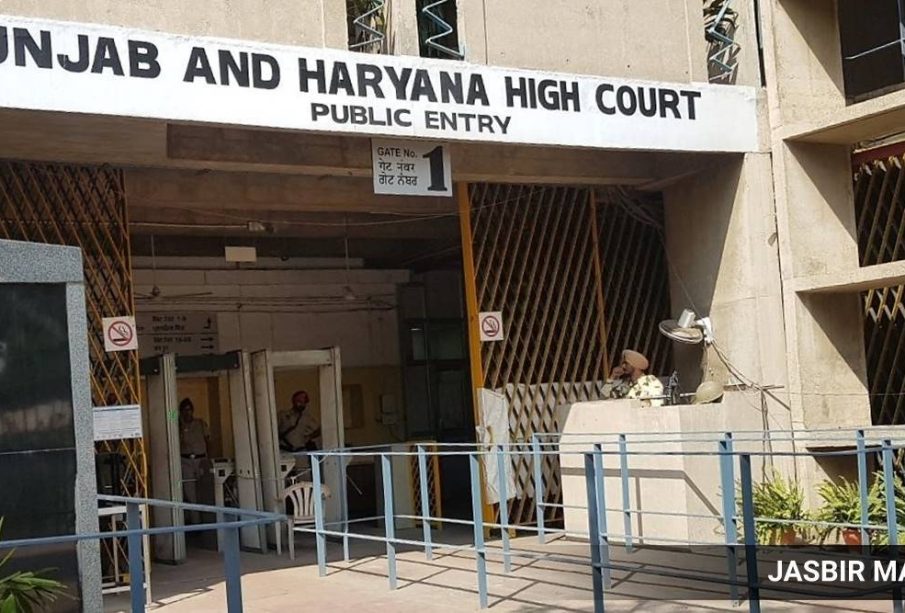Recent Developments in Punjab and Haryana High Court

Importance of Punjab and Haryana High Court
The Punjab and Haryana High Court, established in 1919, is a significant judicial body in India, serving the states of Punjab, Haryana, and the Union Territory of Chandigarh. As one of the oldest High Courts in the country, it plays a critical role in upholding the rule of law, interpreting laws, and ensuring justice. Recent events and rulings from the court significantly affect the lives of citizens and the legal landscape of the region.
Recent Cases and Decisions
In recent weeks, the Punjab and Haryana High Court has made headlines with several prominent cases. One notable case concerned the rights of women in the armed forces, where the court upheld the government’s decision allowing women officers to serve in permanent commissions. This ruling is seen as a progressive step towards gender equality in the Indian military.
Another significant ruling involved the Kisan movement, where the court emphasized the need for peaceful dialogue between farmers and the government regarding agricultural laws. The court reiterated its stance on maintaining law and order, while also encouraging the government to address the farmers’ grievances promptly to avoid unrest.
Additionally, the High Court addressed issues related to marketing and advertisement regulations for various enterprises, emphasizing the need for transparency and ethical marketing practices. This decision is aimed at safeguarding consumer rights within the region.
The Court’s Role in Society
The Punjab and Haryana High Court not only interprets laws but also shapes legal precedents that impact future cases. As the judiciary continues to respond to contemporary social and legal challenges, the court’s rulings reflect the evolving attitudes of society. With many cases pending before the court, its decisions often spark debates and discussions among legal professionals and the public alike.
Conclusion
As the Punjab and Haryana High Court continues to deliver judgments that resonate within the community, its role remains crucial in defining legal trends and social justice in the region. Future rulings will likely address pressing issues such as labor rights, environmental law, and human rights. For citizens and legal practitioners, staying informed about the court’s decisions is essential not only for understanding the legal landscape but also for ensuring that justice is served effectively.









